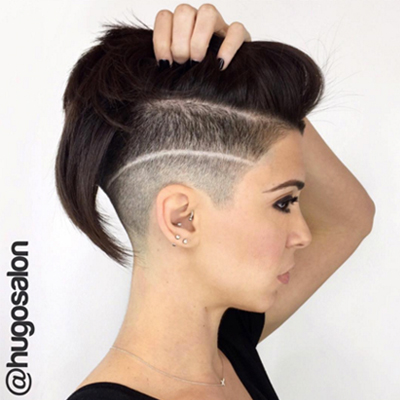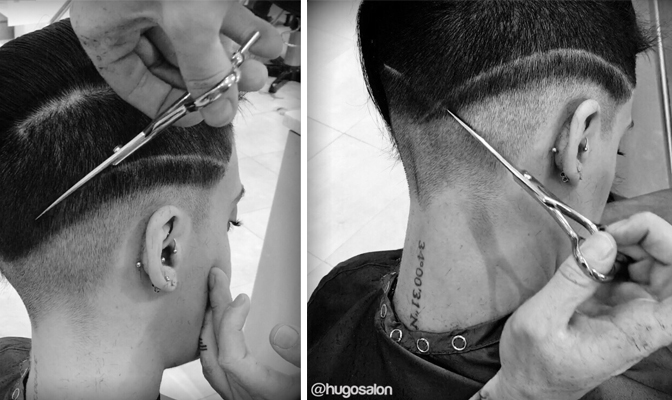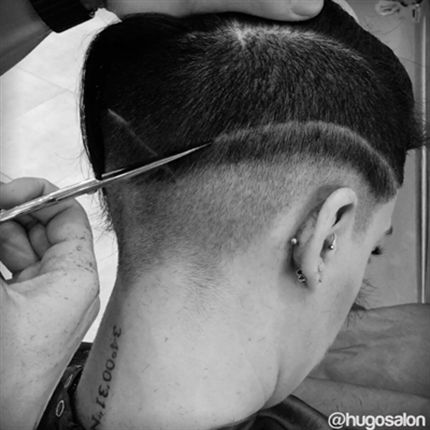Last updated: June 17, 2019
Shear Etching: Everything You Need to Know
Artist: Doug Theoharis
VIDEO 
HOW-TO STEPS 
More from
Doug Theoharis
-
#thebtcshow 2019
#THEBTCSHOW 2019: DAY 3
-
#thebtcshow 2019
PULP RIOT AT #THEBTCSHOW 2019
-
Braids
Your Complete Guide To Braids & Beauty For Summer Music Festivals
-
#THEBTCSHOW 2018
Pulp Riot: Bubble Technique, Gray Coverage Highlights & Peekaboo Designs
-
#thebtcshow Austin 2017
The Behind The Chair Show 2017: Day 2
-
#thebtcshow Austin 2017
Pulp Riot at #thebtcshow
-
Barbering
11 Tips For Hair Tattoos That Slay


YOU MIGHT LIKE THIS
-
Blonde
Textured Pixie Undercut
-
Blonde
Ultra-Blonde Undercut from PHYTO
-
Haircuts
Edgy Undercut
-
Tools
Doug Martucci’s Marilyn Brush Tricks, Tips and Techniques
-
Haircuts
The Layered Undercut


TRENDING NOW!
-
BTC Hair Trend Report
The Biggest Haircut Trends of 2024
-
Blowouts
Bombshell Blowouts: 4 Ways To Create Lift With Longevity
-
Copper
What Is The "Cowboy Copper" Hair Trend? Here's What It Really Means...
-
Curly
Long Layers: 10 Pro Tips + Common Cutting Mistakes
-
Ask A BTC Expert
5 Foil Tips & Tricks From @the.blonde.chronicles
-
Hair Extensions
Clients With Hair Loss? Read This To Get Their Pre-Thinning Density Back
-
Frizz
Straighten & Smooth 2A, Fine-Medium Density Hair
-
Haircuts
SHAG 101: The Dos And Don'ts








